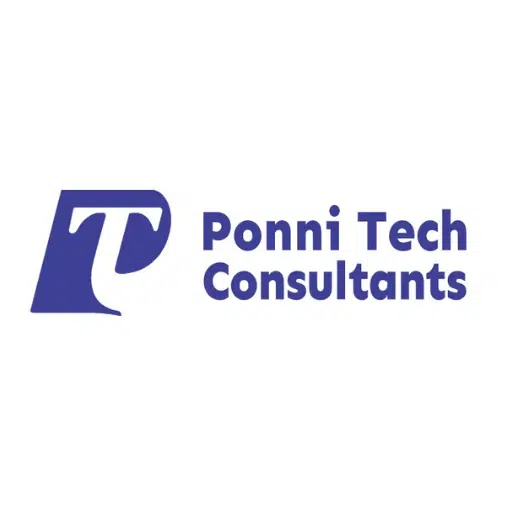Here are some of the most commonly used tools:
Statistical Process Control (SPC):
Failure Mode and Effects Analysis (FMEA):
Design of Experiments (DOE):
Good Die/Bad Neighborhood (GDBN):
Six Sigma:
Part Average Test (PAT):
You can explore the benefits of “yieldWerx Enterprise” modules in terms of improving production and achieving zero defects also speeding up product launch by signing up for a 15-Day Free Trial and Scheduling a Live Demo.




